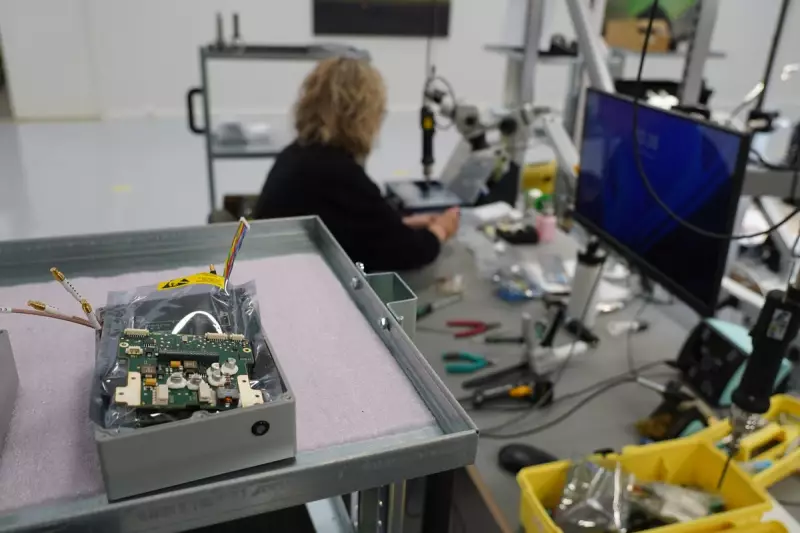
Europe's Drone Defence Awakening
In a warehouse in northern Denmark, more than 1,500 kilometres from Ukraine's front lines, workers are meticulously assembling sophisticated anti-drone devices destined for two critical fronts. Some will head to Kyiv to counter Russian battlefield technology, while others will be deployed across Europe to address the alarming surge of mysterious drone incursions into NATO airspace that has put the entire continent on high alert.
Danish Companies at the Forefront
Two Danish defence companies are experiencing a remarkable surge in demand from clients urgently seeking to protect airports, military installations, and vital national infrastructure. Weibel Scientific's radar drone detection technology was deployed at Copenhagen Airport ahead of a key EU summit this year, following September incidents where unidentified drone sightings closed the airspace for hours.
Meanwhile, counter-drone firm MyDefence manufactures handheld, wearable radio frequency devices that sever the connection between a drone and its pilot to neutralise threats. Chief executive Dan Hermansen described the Russia-Ukraine war as a "turning point" for his company, which has delivered more than 2,000 units of its wearable "Wingman" detector to Ukraine since Russia invaded nearly four years ago.
MyDefence doubled its earnings to roughly $18.7 million last year compared to 2023, with the drone flyovers earlier this year serving as an "eye-opener" for many European countries. The company has shifted from predominantly defence-related business to receiving inquiries from police forces and critical infrastructure officials across Europe.
Europe's Response to Escalating Threats
Drone warfare exploded following Russia's full-scale invasion of Ukraine in 2022, but Europe is now facing its own crisis. In September, drone flyovers into NATO's airspace reached unprecedented scale, prompting European leaders to agree to develop a "drone wall" along their borders to better detect, track and intercept drones violating European airspace.
Andreas Graae, assistant professor at the Royal Danish Defense College, noted there is a "huge drive" to rapidly deploy counter-drone systems across Europe. "All countries in Europe are struggling to find the right solutions to be prepared for these new drone challenges," he said. "We don't have all the things that are needed to actually be good enough to detect drones and have early warning systems."
On NATO's eastern flank, Denmark, Poland and Romania are deploying the American Merops system, small enough to fit in the back of a midsize pickup truck, which can identify drones and close in on them using artificial intelligence. North of Copenhagen, Weibel Scientific secured a $76 million deal earlier this year, which the firm called its "largest order ever." Chief executive Peter Røpke stated his technology could become a "key component" of any future drone shield protecting Europe's borders.





